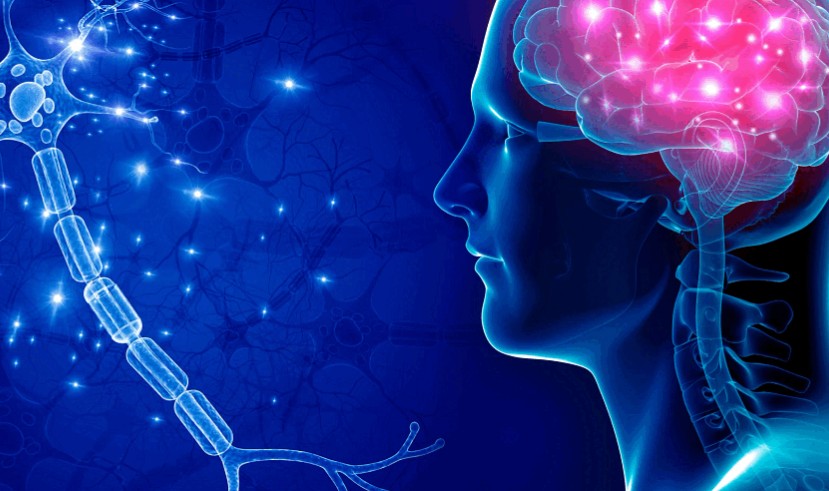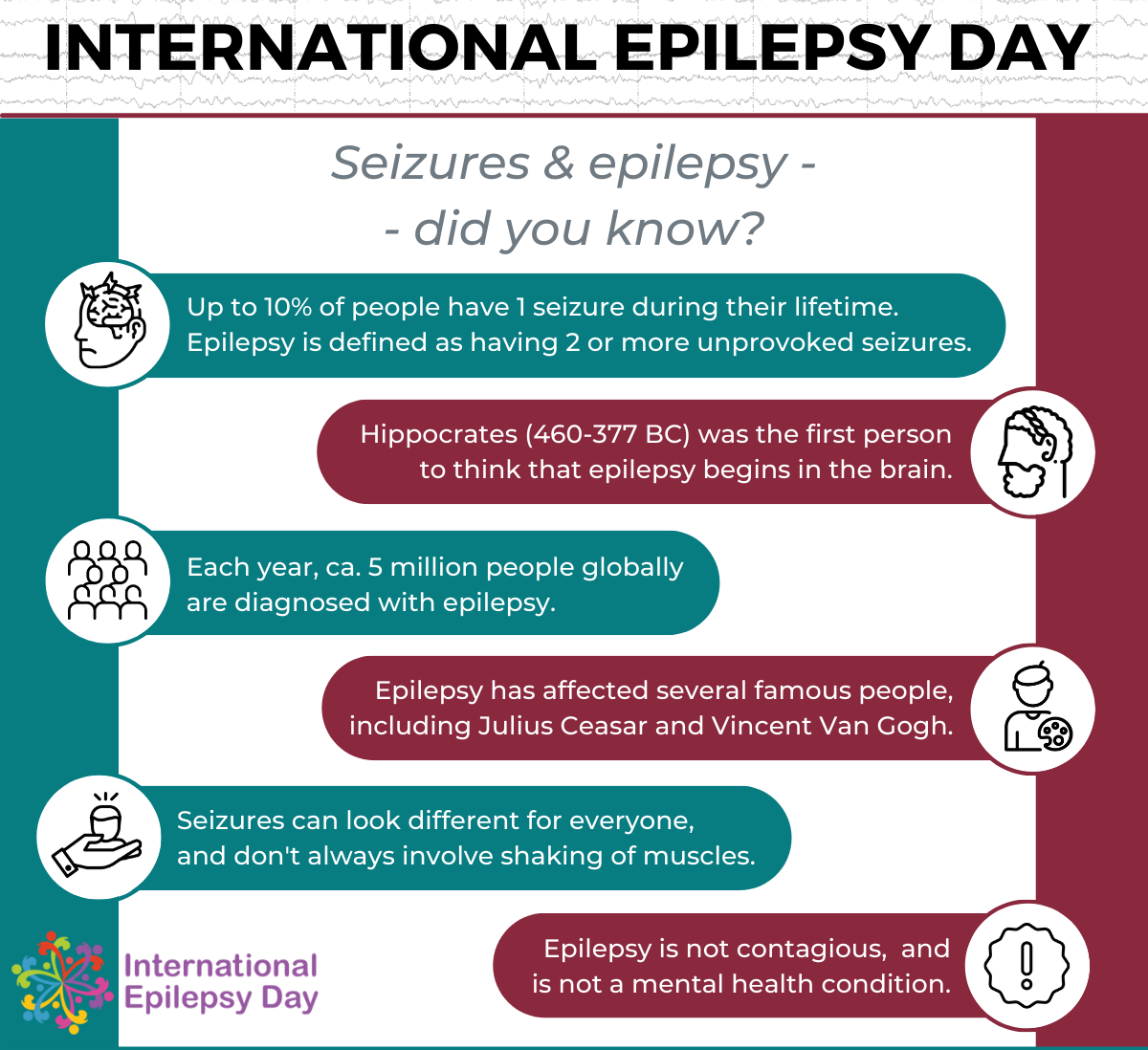Trapped by seizures: The silent struggle of living with epilepsy

Many people still struggle to understand epilepsy, with some reacting in fear choosing to avoid or even run away from those experiencing seizures.
The humiliation of collapsing in public, with foam spilling from her mouth, is a constant fear that haunts Rita* every day. Epilepsy, a neurological disorder that causes unpredictable seizures, has turned her life upside down.
Once a hard-working woman capable of taking on various jobs, she now finds herself trapped in a cycle of rejection and despair.
More To Read
- Study warns of risks in antiseizure drug use during pregnancy
- Nine common household items that could be silent killers
- Neurological disorders on the rise in low-and middle-income countries, warns WHO
- When fever leads to seizures: What every parent needs to know
- Inside Kenya’s epilepsy burden: Myths, misdiagnosis and the need for awareness
- Garissa health experts urge end to epilepsy stigma, call for treatment and awareness
Although diligent and industrious in her work—whether in manual labour, running a small shop, or caring for children—employers always react the same way when she experiences a seizure: “We’re sorry, but we have to let you go.”
“I wasn’t born with epilepsy,” she says. “It started after I gave birth to my fourth child.”
During delivery, Rita experienced prolonged labour and severe complications, a distressing ordeal that left her physically and emotionally drained. What should have been a moment of joy quickly turned into a struggle for survival? In the weeks that followed, she began experiencing strange, uncontrollable seizures—episodes that left her disoriented and frightened.
Concerned about her sudden health decline, she sought medical help. After several consultations and tests, doctors finally provided an answer: she had developed epilepsy, likely triggered by the high blood pressure and complications she faced during childbirth. The diagnosis was overwhelming, marking the beginning of a lifelong battle she never anticipated.
For Rita, epilepsy has stripped away her independence, making her as vulnerable as the baby she is meant to care for. She has lived through the terrifying experiences of falling into a fire and nearly drowning in a river during seizures.
“If you look at me, you’ll see many scars and burns. I never had them before. Just recently, I fell into the fire while cooking. Thank God my husband was there—otherwise, it could have been worse.”
Living in rural Makueni County, where she still has to fetch water and cook with firewood, Rita faces daily risks. Yet, with four children depending on her, she has no choice but to keep pushing forward. Her biggest hope remains to find a job.
“I’ve worked for many people, but once they hear from the community that I have epilepsy—even if I haven’t had a seizure—they start to fear me. And if I do have one, they let me go immediately,” she says.
Traditional medicine and modern treatments
Over the years, Rita has tried both traditional medicine and modern treatments, but her condition persists. Despite being on medication, the seizures continue, though with slightly less frequency.
Beyond joblessness, Rita dreads travelling alone or taking her baby far from home. The thought of having a seizure in an unfamiliar place, where no one knows them, is terrifying. Even though medication has helped improve her condition slightly, the uncertainty lingers.
As the world observes International Epilepsy Awareness Day on Monday, the stigma surrounding the condition remains deeply ingrained. Many people still struggle to understand epilepsy, with some reacting in fear choosing to avoid or even run away from those experiencing seizures.
Misinformation is widespread; some believe a person might die during a seizure, while others still view the condition as a curse rather than a medical disorder. This lack of awareness continues to fuel discrimination, leaving those with epilepsy isolated and misunderstood.
Epilepsy is a brain disorder that causes repeated seizures. These seizures happen due to sudden, uncontrolled electrical activity in the brain. They can cause a person to shake, lose awareness, or behave differently for a short time. Epilepsy can affect anyone and has many causes, including injuries, infections, or conditions like high blood pressure. While it is not contagious, many people with epilepsy face stigma due to misunderstandings about the condition.
People with epilepsy face a risk of premature death up to three times higher than the general population, yet up to 70% could live seizure-free with proper diagnosis and treatment.
Despite being a neurological condition with often unknown causes, epilepsy remains heavily stigmatized in many cultures, with individuals and families facing discrimination.

Each year, an estimated 5 million people are diagnosed with epilepsy worldwide. Why does stigma persist, and what treatment options are available I’ll be speaking to a person living with epilepsy, a doctor, and experts on both treatment options and first aid measures for seizures.
Dr Faiza Ali from Nairobi explains that while epilepsy is often thought to be hereditary, uncontrolled high blood pressure—especially during pregnancy—can also be a major trigger. Many women develop epilepsy later in life after experiencing severe pregnancy complications.
High blood pressure
Epilepsy can arise when high blood pressure during pregnancy leads to preeclampsia, which, if untreated, can progress to eclampsia—a life-threatening condition that causes seizures. Eclampsia can result in long-term neurological damage, increasing the risk of epilepsy even after pregnancy.
Epileptic seizures occur when there are sudden bursts of uncontrolled electrical activity in the brain, leading to temporary changes in movement, behaviour, feelings, or awareness. They can range from brief staring spells to violent muscle jerks and loss of consciousness. Triggers include stress, lack of sleep, flashing lights, and missed medication, though some seizures happen without a clear cause.
Dr. Faiza emphasizes that preeclampsia usually develops after the 20th week of pregnancy, even in women with previously normal blood pressure. Symptoms include persistent headaches, swelling in the hands and feet, severe abdominal pain, vision disturbances, and dangerously high blood pressure.
"Neglecting routine check-ups makes it harder to detect early warning signs, increasing the risk of serious complications," she warns.
Dr Faiza stresses the importance of sticking to epilepsy treatment to keep the condition under control. She explains that taking medication as prescribed helps prevent seizures and ensures a stable, healthy life. Skipping treatment can lead to more seizures and serious health risks. Staying on track with medication is key to managing epilepsy effectively.
The World Health Organisation (WHO) states that epilepsy presents with a range of symptoms, most notably recurrent seizures. These seizures vary depending on the affected areas of the brain and their extent. Common signs include sudden, involuntary body movements, such as uncontrolled jerking of the arms and legs (convulsions or fits). Some individuals may lose awareness or consciousness during these episodes. Other symptoms may involve movement difficulties, changes in sensory perception (such as vision, hearing, or taste), mood shifts, or cognitive disturbances.
After a seizure, temporary confusion, tongue biting, or loss of bladder control may occur. Some individuals experience brief staring episodes or feelings of fear and anxiety. Others report unusual sensations, like a rising feeling in the stomach, strange smells or tastes, or tingling in the limbs. These symptoms typically subside once the seizure ends.
A study published in The Lancet on epilepsy in Kenya highlighted its high prevalence in urban informal settlements of Nairobi, revealing a significant diagnostic gap. The research emphasized the urgent need for targeted interventions to improve early detection, particularly among vulnerable groups, to facilitate timely treatment and reduce negative social consequences.
The study found that eight out of ten people with epilepsy had never been diagnosed, indicating a substantial diagnostic gap, especially for non-convulsive epilepsy. This gap contributes to high treatment deficits, which in some African regions reach up to 90%, as diagnosis is a crucial first step in accessing medication. Factors such as limited knowledge, low epilepsy awareness, and a shortage of trained primary healthcare providers—particularly in diagnosing non-convulsive epilepsy—were identified as key barriers to diagnosis and treatment.
The findings also indicated that epilepsy was more prevalent among individuals who were separated or divorced, had no formal education, or were unemployed. Employment discrimination against people with epilepsy remains a challenge, as previous research has shown that employers are often reluctant to hire them. These findings align with a recent systematic review, which established a strong correlation between epilepsy prevalence and low socio-economic status.
Globally, an estimated 65 million people have epilepsy, with 80% residing in developing countries. However, between 56% and 75% of these individuals do not receive adequate epilepsy treatment, a disparity known as the epilepsy treatment gap. Additionally, epilepsy-related mortality rates in low-income countries are approximately two to three times higher than in middle- and high-income countries. In rural coastal Kenya, the prevalence of active epilepsy ranges from 2.9 to 7.8 per 1,000 people—nearly three to six times higher than the global average. Alarmingly, more than 70% of individuals with epilepsy in Kenya do not receive proper treatment, according to a study.
Epilepsy can arise from various causes, including genetic factors, brain injuries, infections, stroke, tumours, and substance abuse. Preventing epilepsy involves addressing these risks through proper prenatal care, injury prevention, vaccinations, and managing chronic conditions like hypertension and diabetes. Avoiding excessive alcohol and drug use, along with genetic counselling for at-risk families, also helps lower the likelihood of epilepsy. By implementing these measures, the incidence of epilepsy can be significantly reduced.
Top Stories Today














































